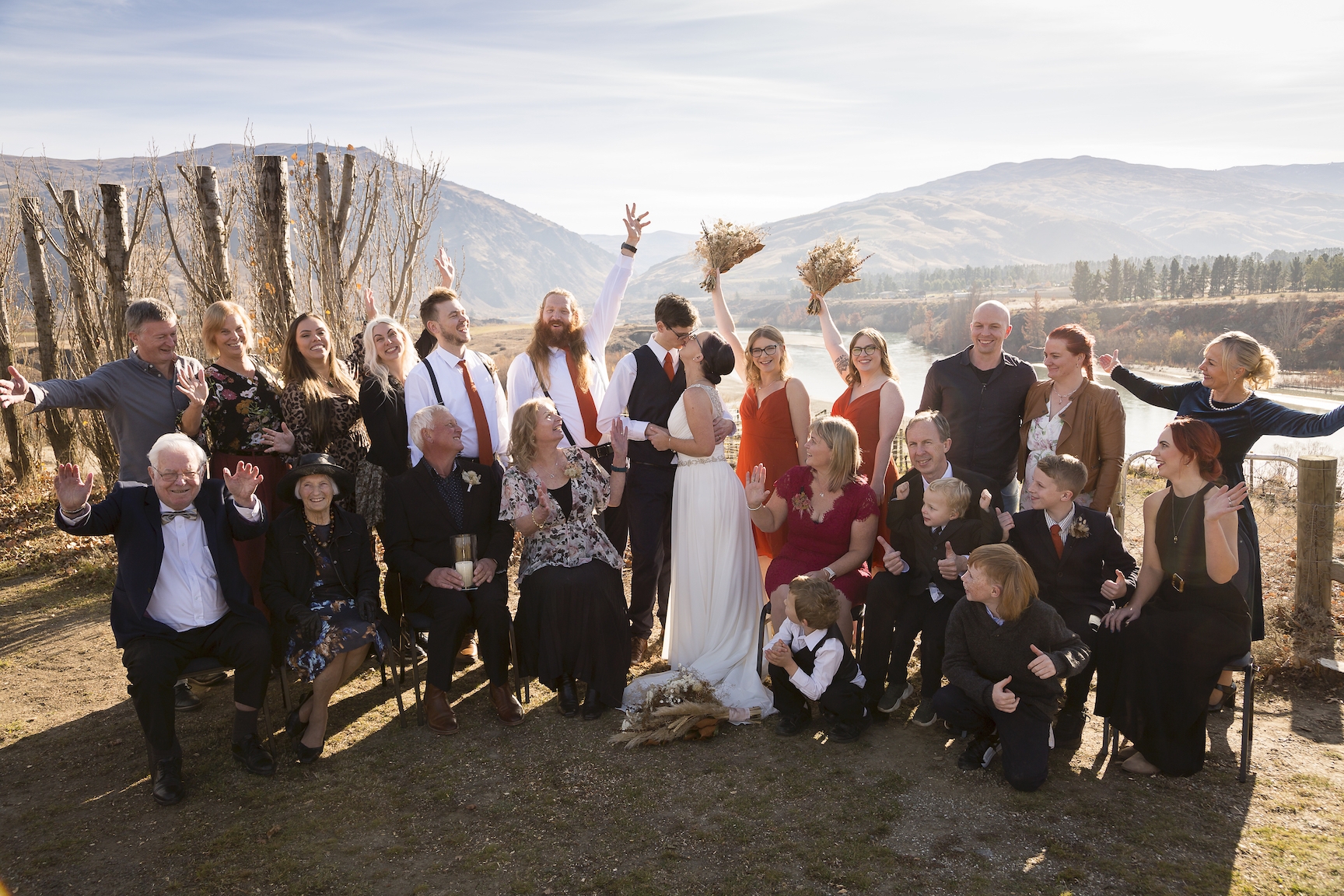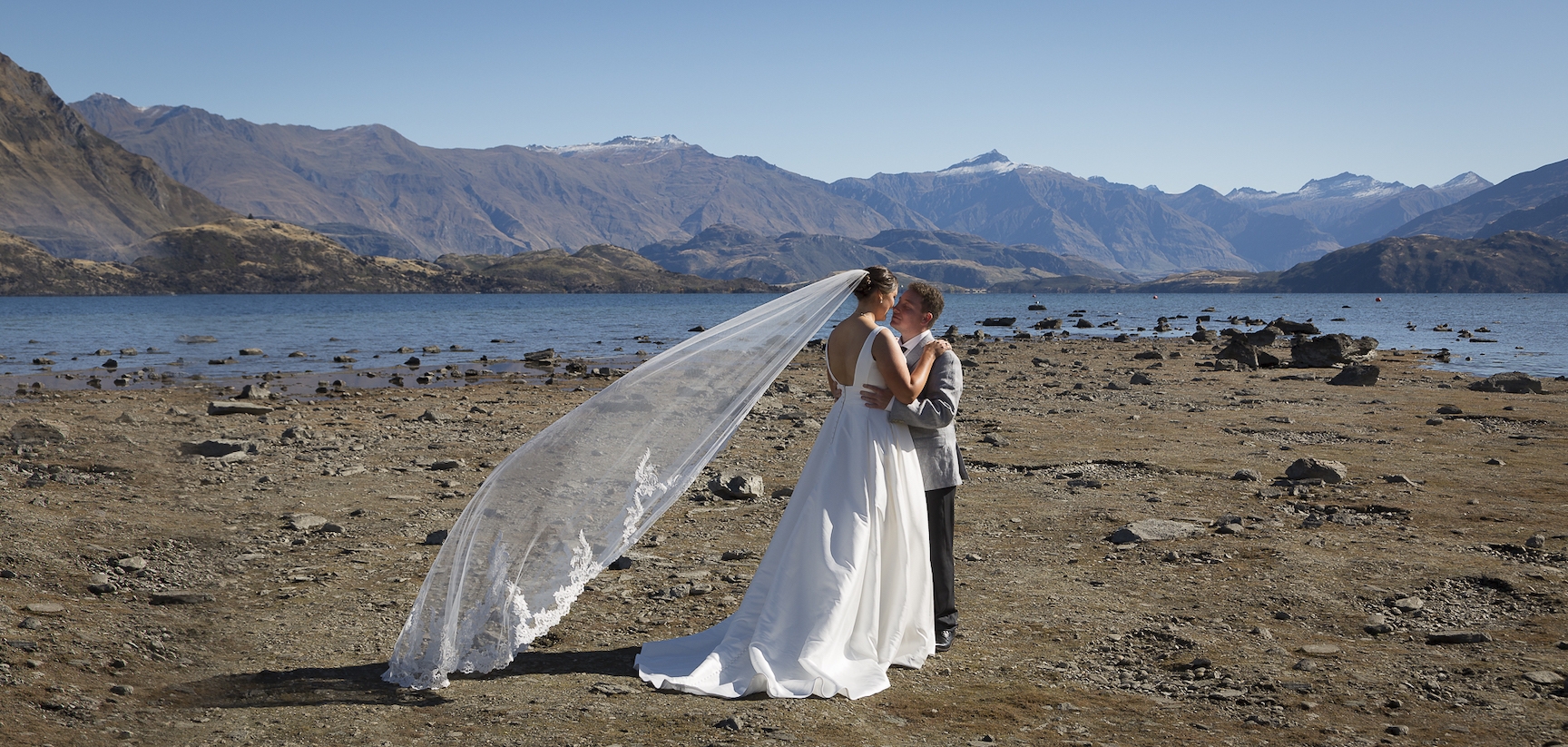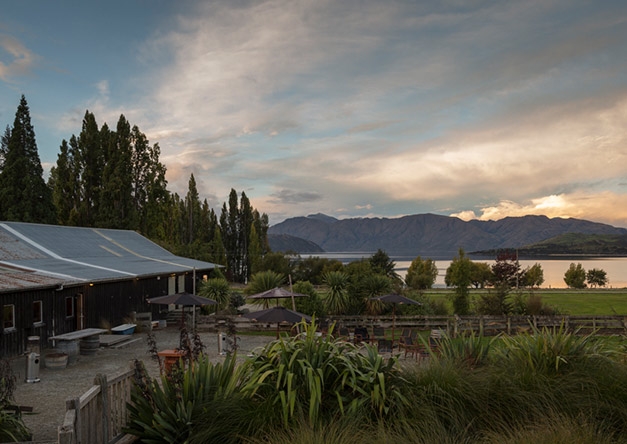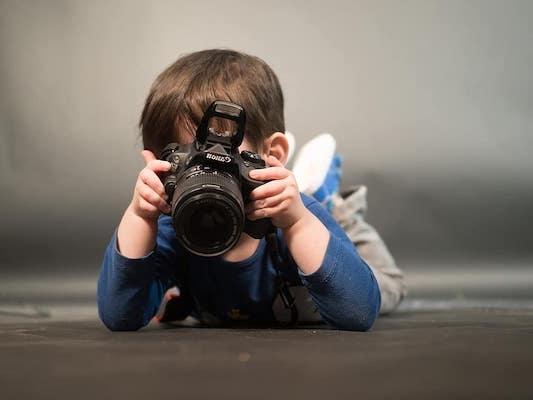Here I am in my happy place - set up ready to photograph the dress rehearsal of Royal New Zealand Ballet's Sleeping Beauty 2020. Alongside photographer, Stephen A'Court and videographer, Jeremy Brick.
Never thought it would seem so unusual and special to be back in my old home of, the Grand 'Ol Dame, the Opera House Wellington, where I worked for 12 years. But this year has taught us to never take anything for granted!
The season of Royal New Zealand Ballet's Sleeping Beauty is now well underway. It's their last night tonight in Wellie and then they're off on tour Aotearoa New Zealand. Counting our blessings that we have live performances in New Zealand now.
BTW this is a cell phone photo not a Canon 5DIII photo. Just needed to clarify that in case of doubt haha..
So how does photographing a dress rehearsal for a ballet work?
Well, you have to be approved by the relevant ballet / dance company and all of your images have to be approved by the Artistic Director before they can be used.
Why do all photos have to be approved?
Because ballet is a highly technical and exact sport, for which the dancers train for years from a very early age. Every move and position is governed by a strict code. The code depends on the style of ballet or dance being performed. A photograph captures a split second of a movement and will reveal either exactitude or incorrect positioning. An image that shows incorrect positioning is not good for the reputation of the ballet company, the dancer or the photographer because viewers will judge the work on what they see.
Dance photographers therefore tend to specialise and have many years experience working in very specific conditions and with difficult challenges before they are accepted by a ballet company as one of their official photographers.
How much experience do you need to be a ballet or dance photographer with a key company?
Many years! The top dance photographers I know have all had more than 10 years experience. I started in the late 1990s in London when I worked at Sadlers Wells Theatre and was also studying photography.
I was very fortunate to photograph the dress rehearsals of many of the world's leading dance companies including The Royal Ballet. Tanztheater Wuppertal /Pina Bausch, Nederlands Dance Theate, Sankai Juku, Cloudgate Dance Theatre, Pacific Northwest Ballet, The Royal Opera, Batsheva Dance Company and The Bolshoi Ballet and Opera.
When I returned to Aotearoa New Zealand in 1999, to work at St James Theatre and the Opera House, I continued to photograph dance and theatre companies including The Royal New Zealand Ballet, NZ Opera and many visiting companies.
From 2012 - 2015 I worked as the Director of Tempo Dance Festival and photographed most of New Zealand's professional dance companies including Atamira Dance Company, Okareka Dance Company, Touch Compass, Out of the Box, Footnote NZ Dance, NZ Dance Company, NZ School of Dance and many independent dance artists including Louise Poutiki Bryant, Cat Ruka (now Director of Tempo), Jesse McCall, Sarah Foster-Sproull, Tupua Tigafua, Moss Patterson, Rose Philpott, Lucy Marinkovich and many others.
What gear do I need for dance photography?
You need high quality gear - preferably a good DSLR (Digital Single Lens Reflex) camera and high quality lenses. Mirrorless cameras are coming out but I've yet to try them with dance. The quality and size of your lenses are most important. You're a long way from the stage and working in very dark conditions with fast moving objects (dancers). Each of these is a challenge for photography.
I work on two Canon 5DIII bodies with a long Canon 70-200mm f2.8 red band lens on a tripod on one body to get in close on the dancers, especially the soloists performing pas de deux. I have a Canon 24-105mm red band lens on the other body over my shoulder ready to use for wide angle shots for ensemble scenes. where I want to get the whole stage in.
Why does f stop matter on your lens?
You're working in very dark conditions with fast moving dancers so you need a lens that will let in as much light as possible on a mid range aperture and fast shutter speed. It's hard to get good results with anything less than an f2.8 lens. An f1.4 or f1.2 lens would be ideal but that also adds a lot of $ to your lens.
What sort of camera settings do you need for dance?
Well it very much depends on the lighting designer and how much light they give you for each scene. Also the light can change each second so you have to work fast and be on the ball changing setings the whole time.
ISO
Even in the lightest scenes in a ballet I would never be below ISO 1600. Sometimes I will go up to ISO 6400 but then you need a lot of noise reduction in post production.
Shutter Speed
You need a shutter speed of 1/160 - 1/250th sec to stop blur.
Aperture
You can't get away with much less than f7 to get some depth of field otherwise you end up with a lot of wasted shots at the dancers move so fast and are at different depths on stage.
So all in all that doesn't leave you a lot of light to work with. And photography is all about light!! So coming back to your lens - having a fast lens e.g. f1.2 - 2.8 is your saving grace when it comes to capturing as much light as possible and the difference between a lot of duds and getting the shot!
Manual or Auto setting?
Manual every time. When I first started out I used aperture priority setting because I just couldn't change settings fast enough to keep up with the light changes on stage. But while I got some great shots I also had a lot of duds too. Using any Auto setting, even Aperture priority, leaves too much to the camera to decide. It also means that if you get your metering spot slightly off, the camera will base the exposure not on the spot you think is important but on the spot the meter was on at the time. After many years practice I now know what settings I need in most situations and the ability to change settings quickly is in muscle memory so I don't have to think about it so much.
By the end of a two hour ballet I sure have sore shoulders and fingers though! But it's worth it.
If you're interested in dance photography. Pop back later. More on this later.....




